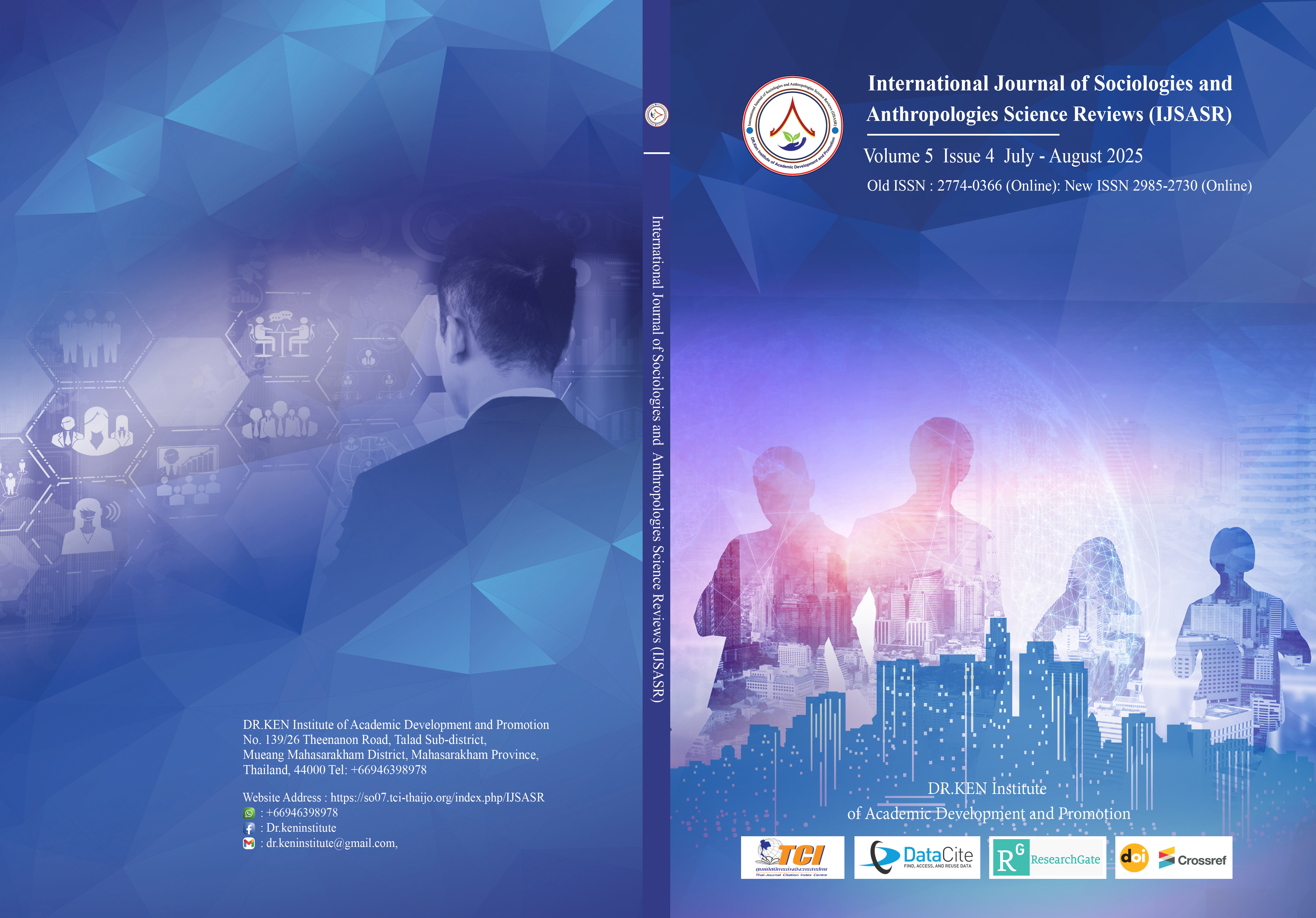The Influence of the Republic of China Pictorials on Chinese Painting Art
Main Article Content
Abstract
Background and Aim: The Pictorials of the Republic of China played a crucial role in the modernization of Chinese painting, serving as a medium for artistic transformation, education, and dissemination. This study aims to investigate how these pictorials influenced the evolution of Chinese painting styles, the expansion of the art market, and the professional development of Chinese painting educators.
Materials and Methods: A qualitative research approach was employed, analyzing 100 articles on Chinese painting published in the Pictorial of the Republic of China. Grounded theory and three-level coding analysis were applied to categorize the impact of these pictorials on painting techniques, modes of dissemination, and educational methodologies. Additionally, a questionnaire survey was conducted with 30 Chinese painting practitioners to assess the influence of pictorials on education and artistic development.
Results: Findings indicate that Pictorials of the Republic of China facilitated the integration of Western artistic elements, such as perspective and shading, into traditional Chinese painting, leading to stylistic innovation. They also played a significant role in the dissemination of Chinese painting, making art more accessible to the public and influencing the art market. Furthermore, these pictorials served as educational resources, providing instructional content, showcasing exemplary works, and fostering artistic dialogue. However, their impact on teacher professional development varied among respondents.
Conclusion: The study confirms that the Pictorials of the Republic of China were instrumental in bridging traditional Chinese painting with modern artistic developments. By promoting artistic experimentation, expanding the art market, and supporting art education, these pictorials significantly shaped the trajectory of Chinese painting in the early 20th century. Future research should explore regional differences in pictorial influence and their broader impact on other art forms beyond painting.
Article Details

This work is licensed under a Creative Commons Attribution-NonCommercial-NoDerivatives 4.0 International License.
Copyright on any article in the International Journal of Sociologies and Anthropologies Science Reviews is retained by the author(s) under the under the Creative Commons Attribution-NonCommercial-NoDerivatives 4.0 International License. Permission to use text, content, images, etc. of publication. Any user to read, download, copy, distribute, print, search, or link to the full texts of articles, crawl them for indexing, pass them as data to software, or use them for any other lawful purpose. But do not use it for commercial use or with the intent to benefit any business.

References
Clunas, C. (1997). Art in China. Oxford University Press.
Kong, X. (2005). Aesthetics of Chinese painting in the 20th century. Doctoral dissertation: Shandong University.
Lai, G. (2001). Media and Modernity in China: A Social History of Pictorials. University of California Press.
Li, M., & Tao, H. (2017). A probe into the transformation of women's images in the Republic of China: Taking The Illustrated London News (1926–1949) as an example. Southeast Transmission, 11, 145–149.
Peng, Q. (2016). The formation and evolution of modern Chinese "fine arts" concepts: "Fine arts" concepts from 1895 to 1924. Doctoral dissertation: China Academy of Art.
Shambaugh, D. (2014). China Goes Global: The Partial Power. Oxford University Press.
Wan, C. (2018). A historical perspective: The study of modern Chinese school art education. Doctoral dissertation: East China Normal University.
Wang, Y. (2013). A study of the North China Pictorial in Tianjin during the Republic of China period. Doctoral dissertation: Nankai University.
Zheng, L. (2007). A study on painting periodicals in the Republic of China period. Master’s thesis: Zhejiang University.






